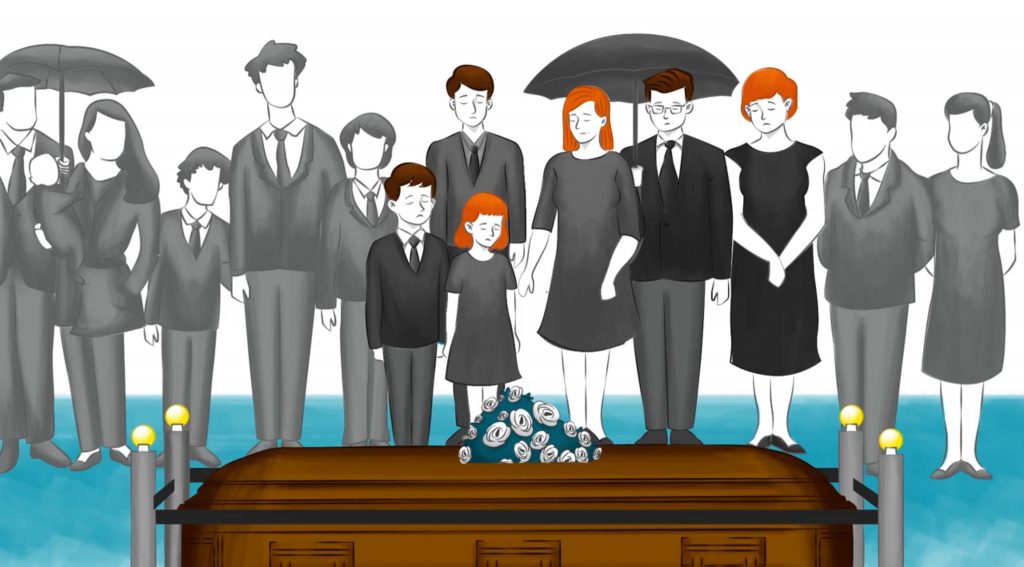
Deciding on cremation can be difficult and leave you with many questions. Even if you have already made the decision, you may have uncertainty about the details.
To help, we have compiled some of the most common questions asked about cremation. At eziFunerals we provide a great deal of information that can help you decide if cremation is right for you and your family.
What is cremation?
Cremation is the process of reducing the body to ashes and bone fragments through the use of intense heat. The process usually takes from two to four hours. The cremated remains are then pulverised to break up larger bone fragments to a granular texture.
What are “cremains”?
What is direct cremation?
What is a crematory?
Is cremation a substitute for a funeral?
Can we have the funeral service before or after cremation?
Can you still have a funeral or viewing with a cremation?
Can an urn be brought into a church or chapel for a funeral or memorial service?
Do I have to make different funeral arrangements if I choose cremation?
What are some memorialisation options for cremated remains?
Are there special types of cremation coffins?
What is a columbarium?
What is a niche?
Is embalming necessary for cremation?
Is any other preparation required prior to cremation?
Can the bodies of infants be cremated?
How hot does the cremation chamber get?
How long does it take to cremate a body?
Are cremations done individually?
What happens during the cremation process?
Why is refrigeration of the remains necessary prior to cremation?
I’ve heard you don’t get real ashes back from cremation — what do you get?
What do “ashes” or cremated remains look like?
Is it true that the bones are crushed after cremation?
If I am cremated, can I be buried with my spouse even if he or she was in a casket?
Can you transport cremated remains by air within the Australia?
Can you transport cremated remains internationally by air?
Why would someone want to ship cremated remains?
How can I be sure I’ve received the correct cremated remains?
Is cremation the preferred option if someone dies of an infectious or communicable disease?
Are cremated ashes sterile?
Do cremated ashes pose any kind of health hazard?
How much do ashes weigh after cremation?
Are all cremated remains of the deceased returned to the family or guardian?
Can I take the cremated remains of my loved one home?
Do laws regarding cremation vary from one state to another?
Can you exhume an embalmed body and have it cremated?
Is DNA still retrievable from cremated ashes?
We hope that our Cremation Guide has helped answer some of your most important cremation questions. If you have cremation questions regarding a particular provider you are considering, you shouldn’t hesitate to ask. You should never be made to feel uncomfortable about wanting to know more about the process

About eziFunerals
eziFunerals supports individuals and families coping with end of life decisions, death and funerals. We are an independent, Australian-owned and operated company. We are not part of any other funeral company.
Our member Funeral Directors operate in Sydney, Melbourne, Brisbane, Perth, Adelaide and Australia wide. They are chosen for their knowledge, quality, service, personalisation and experience. They go above and beyond, and will take the time to support the family.
For more information or to make contact with a trusted Independent funeral director, call eziFunerals on 1300 236 402 or visit www.ezifunerals.com.au.





